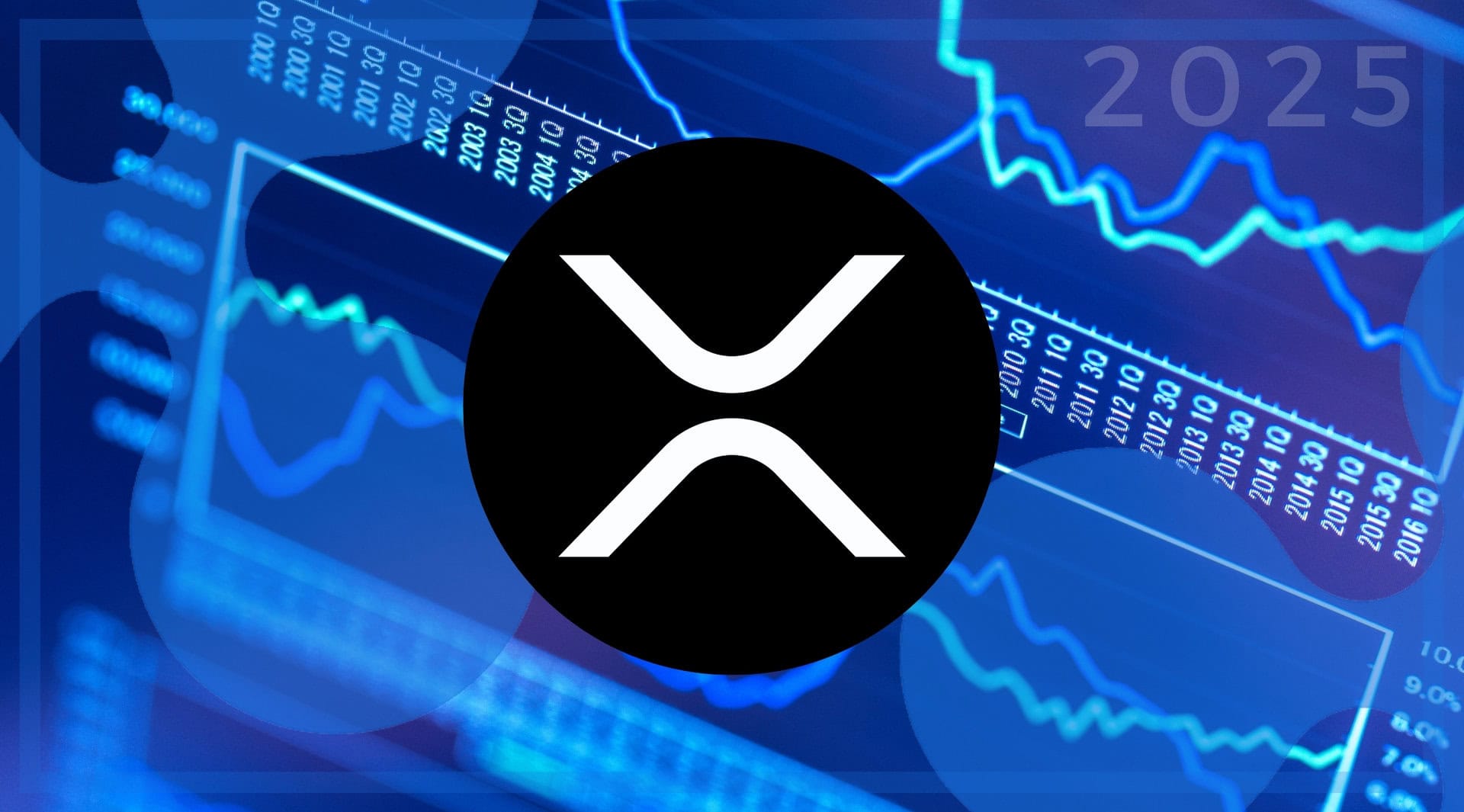Supply chain
finance is essential for ensuring smooth transactions and cash movement amongst
supply chain players. The traditional supply chain finance system, on the other
hand, is frequently plagued by inefficiencies, a lack of transparency, and
expensive costs.
With its
decentralized and transparent nature, blockchain technology has the potential
to revolutionize supply chain finance. This article will look at how blockchain
technology can disrupt supply chain finance while also providing major benefits
to organizations involved in supply chain operations.
Recognizing
Supply Chain Finance
The financial
activities and processes involved in managing cash flow and working capital
within a supply chain are referred to as supply chain finance. It covers a wide
range of financial services, including invoice finance, trade credit,
factoring, and supply chain risk management. Traditional supply chain finance
systems rely primarily on intermediaries, manual processes, and paper-based
paperwork, which causes delays, inaccuracies, and inefficiencies.
Blockchain
Technology is Disrupting Supply Chain Finance.
Increased
Transparency
Blockchain
technology creates a decentralized and transparent ledger that records and
validates supply chain transactions. All supply chain actors, including
manufacturers, suppliers, distributors, and financial institutions, can access
a shared, immutable ledger in real time.
This
transparency eliminates the need for parties to trust one another and lowers
the possibility of fraudulent operations. On the blockchain, each transaction
is securely recorded, ensuring traceability and accountability across the
supply chain financial process.
Cost savings
and increased efficiency
Traditional
supply chain finance processes entail a lot of paperwork, manual verification,
and a lot of middlemen. These procedures are time-consuming, prone to errors,
and have substantial administrative costs. Blockchain technology automates and
simplifies these operations, removing the need for intermediaries and
minimizing the requirement for manual intervention.
Smart
contracts, which are blockchain-based self-executing contracts, can
automatically trigger payments, validate transactions, and enforce agreed-upon
rules. Blockchain technology enhances productivity and lowers operational costs
in supply chain finance by removing paperwork, minimizing manual errors, and
automating procedures.
Transaction
Settlement in Real Time
Transaction
settlement delays in the traditional supply chain finance system are common,
affecting organizations’ cash flow and working capital. Blockchain technology
provides real-time transaction settlement since it runs on a decentralized
network that instantaneously validates and executes transactions.
This fast
settlement capacity enhances liquidity management and working capital
efficiency for supply chain organizations. It also allows for quicker access to
funds, which reduces dependency on traditional finance techniques and improves
cash flow management.
Improvements
in Supply Chain Visibility and Traceability
Blockchain
technology allows for complete visibility and traceability of goods and
transactions throughout the supply chain. Each blockchain transaction provides
information such as product origin, manufacturing methods, transportation, and
funding.
This
transparency allows stakeholders to trace and validate the authenticity and
integrity of items along the supply chain. The immutability of blockchain
assures that data cannot be changed, resulting in an auditable and tamper-proof
record of transactions. Improved visibility and traceability lower the risk of
counterfeiting, fraud, and supply chain disruptions, improving supply chain
security and reliability.
Access to
Alternative Financing Alternatives
Blockchain-based
supply chain finance platforms can help organizations gain access to alternate
financing solutions. Physical assets or bills can be turned into digital tokens
and traded on blockchain networks through tokenization.
This allows
firms to access cash from a larger pool of investors or lenders by unlocking
the value of their assets. Furthermore, blockchain-based systems can offer
decentralized peer-to-peer lending and crowdfunding options, allowing firms to
avoid traditional financial intermediaries and raise funds directly from
interested individuals.
Blockchain’s
Role in Supply Chain Finance
We may expect
further disruptions in supply chain financing as blockchain technology evolves.
Here are a few examples of where blockchain technology may have a huge impact:
Integration
with IoT and AI
Blockchain can
be combined with IoT devices and AI algorithms to improve supply chain
visibility, automate data gathering, and provide predictive analytics for risk
management and financing decisions.
Smart Contracts
and Automating Compliance
Blockchain
smart contracts can automate regulatory compliance, such as anti-money
laundering (AML) and know your customer (KYC) rules. This lowers compliance
costs, increases transparency, and ensures regulatory compliance.
Supply Chain
Financing for SMEs
Blockchain-based
supply chain finance platforms can help small and medium-sized firms (SMEs)
gain access to capital. Blockchain can democratize supply chain finance and
give chances for SMEs to grow and extend their operations by lowering obstacles
and enabling direct peer-to-peer transactions.
Reality check:
Blockchain tech in supply chain finance might be feasible but there still are
many obstacles ahead.
Blockchain
technology holds great promise for transforming supply chain finance by
enhancing transparency, security, and efficiency. However, several challenges
must be addressed for its widespread adoption in the industry.
Achieving
interoperability and standardization among different blockchain networks and
platforms is one of the biggest challenges for supply chain finance. Numerous
organizations and stakeholders are involved in global supply chains, each with
their preferred blockchain solution or technology. The lack of uniformity and
compatibility among these systems can create barriers to seamless data sharing,
hinder transparency, and limit the effectiveness of blockchain in streamlining
supply chain finance processes. Establishing common standards and protocols is
essential to enable the integration of different blockchain networks and ensure
smooth data flow across the supply chain.
Scalability
remains a significant obstacle for blockchain technology, particularly in
supply chain finance, where high transaction volumes are common. As more
participants join a blockchain network, the number of transactions and data
stored on the blockchain increases exponentially. This creates challenges in
terms of network congestion, slower transaction processing times, and higher
costs.
Moreover, in
what concerns smart contracts, integrating oracles into the blockchain
ecosystem can be complex and expensive, adding to the overall costs and
attrition in the supply chain finance process.
Lastly, another
critical challenge associated with blockchain technology is its correlation
with energy expenditure. The reliance on energy-intensive consensus mechanisms
may lead to increased carbon emissions, making blockchain less sustainable and
potentially hindering its adoption in supply chain finance, where
sustainability is a growing priority.
Conclusion
Blockchain
technology has the potential to significantly disrupt supply chain financing by
improving transparency, efficiency, and traceability. Because it is
decentralized and transparent, it eliminates the need for intermediaries,
lowers expenses, and improves liquidity management.
Blockchain-based
supply chain finance platforms can revolutionize the way organizations manage
their cash flow and working capital by providing real-time settlement,
increased visibility, and access to alternative financing choices. As
blockchain technology advances, firms that want to stay competitive and promote
innovation in the dynamic landscape of supply chain operations must embrace its
possibilities in supply chain financing.
Supply chain
finance is essential for ensuring smooth transactions and cash movement amongst
supply chain players. The traditional supply chain finance system, on the other
hand, is frequently plagued by inefficiencies, a lack of transparency, and
expensive costs.
With its
decentralized and transparent nature, blockchain technology has the potential
to revolutionize supply chain finance. This article will look at how blockchain
technology can disrupt supply chain finance while also providing major benefits
to organizations involved in supply chain operations.
Recognizing
Supply Chain Finance
The financial
activities and processes involved in managing cash flow and working capital
within a supply chain are referred to as supply chain finance. It covers a wide
range of financial services, including invoice finance, trade credit,
factoring, and supply chain risk management. Traditional supply chain finance
systems rely primarily on intermediaries, manual processes, and paper-based
paperwork, which causes delays, inaccuracies, and inefficiencies.
Blockchain
Technology is Disrupting Supply Chain Finance.
Increased
Transparency
Blockchain
technology creates a decentralized and transparent ledger that records and
validates supply chain transactions. All supply chain actors, including
manufacturers, suppliers, distributors, and financial institutions, can access
a shared, immutable ledger in real time.
This
transparency eliminates the need for parties to trust one another and lowers
the possibility of fraudulent operations. On the blockchain, each transaction
is securely recorded, ensuring traceability and accountability across the
supply chain financial process.
Cost savings
and increased efficiency
Traditional
supply chain finance processes entail a lot of paperwork, manual verification,
and a lot of middlemen. These procedures are time-consuming, prone to errors,
and have substantial administrative costs. Blockchain technology automates and
simplifies these operations, removing the need for intermediaries and
minimizing the requirement for manual intervention.
Smart
contracts, which are blockchain-based self-executing contracts, can
automatically trigger payments, validate transactions, and enforce agreed-upon
rules. Blockchain technology enhances productivity and lowers operational costs
in supply chain finance by removing paperwork, minimizing manual errors, and
automating procedures.
Transaction
Settlement in Real Time
Transaction
settlement delays in the traditional supply chain finance system are common,
affecting organizations’ cash flow and working capital. Blockchain technology
provides real-time transaction settlement since it runs on a decentralized
network that instantaneously validates and executes transactions.
This fast
settlement capacity enhances liquidity management and working capital
efficiency for supply chain organizations. It also allows for quicker access to
funds, which reduces dependency on traditional finance techniques and improves
cash flow management.
Improvements
in Supply Chain Visibility and Traceability
Blockchain
technology allows for complete visibility and traceability of goods and
transactions throughout the supply chain. Each blockchain transaction provides
information such as product origin, manufacturing methods, transportation, and
funding.
This
transparency allows stakeholders to trace and validate the authenticity and
integrity of items along the supply chain. The immutability of blockchain
assures that data cannot be changed, resulting in an auditable and tamper-proof
record of transactions. Improved visibility and traceability lower the risk of
counterfeiting, fraud, and supply chain disruptions, improving supply chain
security and reliability.
Access to
Alternative Financing Alternatives
Blockchain-based
supply chain finance platforms can help organizations gain access to alternate
financing solutions. Physical assets or bills can be turned into digital tokens
and traded on blockchain networks through tokenization.
This allows
firms to access cash from a larger pool of investors or lenders by unlocking
the value of their assets. Furthermore, blockchain-based systems can offer
decentralized peer-to-peer lending and crowdfunding options, allowing firms to
avoid traditional financial intermediaries and raise funds directly from
interested individuals.
Blockchain’s
Role in Supply Chain Finance
We may expect
further disruptions in supply chain financing as blockchain technology evolves.
Here are a few examples of where blockchain technology may have a huge impact:
Integration
with IoT and AI
Blockchain can
be combined with IoT devices and AI algorithms to improve supply chain
visibility, automate data gathering, and provide predictive analytics for risk
management and financing decisions.
Smart Contracts
and Automating Compliance
Blockchain
smart contracts can automate regulatory compliance, such as anti-money
laundering (AML) and know your customer (KYC) rules. This lowers compliance
costs, increases transparency, and ensures regulatory compliance.
Supply Chain
Financing for SMEs
Blockchain-based
supply chain finance platforms can help small and medium-sized firms (SMEs)
gain access to capital. Blockchain can democratize supply chain finance and
give chances for SMEs to grow and extend their operations by lowering obstacles
and enabling direct peer-to-peer transactions.
Reality check:
Blockchain tech in supply chain finance might be feasible but there still are
many obstacles ahead.
Blockchain
technology holds great promise for transforming supply chain finance by
enhancing transparency, security, and efficiency. However, several challenges
must be addressed for its widespread adoption in the industry.
Achieving
interoperability and standardization among different blockchain networks and
platforms is one of the biggest challenges for supply chain finance. Numerous
organizations and stakeholders are involved in global supply chains, each with
their preferred blockchain solution or technology. The lack of uniformity and
compatibility among these systems can create barriers to seamless data sharing,
hinder transparency, and limit the effectiveness of blockchain in streamlining
supply chain finance processes. Establishing common standards and protocols is
essential to enable the integration of different blockchain networks and ensure
smooth data flow across the supply chain.
Scalability
remains a significant obstacle for blockchain technology, particularly in
supply chain finance, where high transaction volumes are common. As more
participants join a blockchain network, the number of transactions and data
stored on the blockchain increases exponentially. This creates challenges in
terms of network congestion, slower transaction processing times, and higher
costs.
Moreover, in
what concerns smart contracts, integrating oracles into the blockchain
ecosystem can be complex and expensive, adding to the overall costs and
attrition in the supply chain finance process.
Lastly, another
critical challenge associated with blockchain technology is its correlation
with energy expenditure. The reliance on energy-intensive consensus mechanisms
may lead to increased carbon emissions, making blockchain less sustainable and
potentially hindering its adoption in supply chain finance, where
sustainability is a growing priority.
Conclusion
Blockchain
technology has the potential to significantly disrupt supply chain financing by
improving transparency, efficiency, and traceability. Because it is
decentralized and transparent, it eliminates the need for intermediaries,
lowers expenses, and improves liquidity management.
Blockchain-based
supply chain finance platforms can revolutionize the way organizations manage
their cash flow and working capital by providing real-time settlement,
increased visibility, and access to alternative financing choices. As
blockchain technology advances, firms that want to stay competitive and promote
innovation in the dynamic landscape of supply chain operations must embrace its
possibilities in supply chain financing.






























